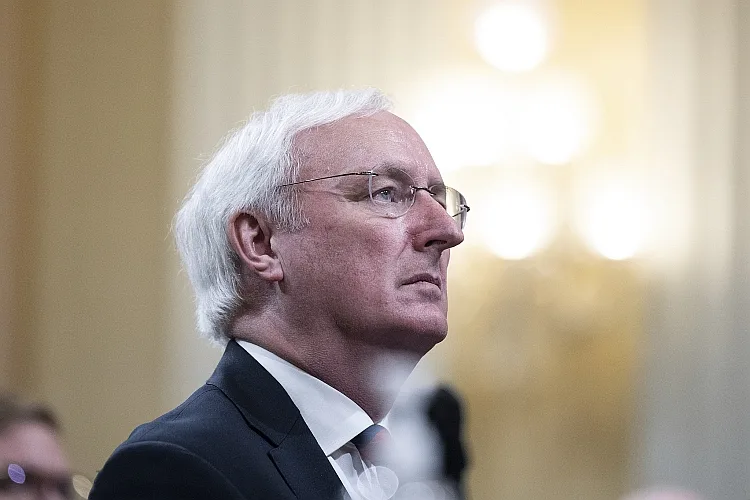The security situation on Capitol Hill on January 6 was not as unprepared as the public had been given the impression. Acting Attorney General Jeffrey Rosen called in special teams that were prepared and ready. The preparations began on the weekend of 2-3. January, a meeting was then held between the various special departments at the FBI’s headquarters in Quantico, Virginia.
Rosen activated plans for extreme situations such as an attack on Trump or Pence or a terrorist attack with weapons of mass destruction. All eventualities were factored in.
Yet the police on Capitol Hill were unprepared.
The teams that met on 2-3rd January were the best of the best.
The contingency units meeting on January 3 included the FBI’s Hostage Rescue Team, the FBI’s national “Render Safe” team, an FBI SWAT team from the Baltimore Field Office, Special Response Teams from the Bureau of Alcohol, Tobacco, Firearms and Explosives (ATF) and the U.S. Marshals Service Special Operations Group.
The teams were ready over the weekend in case an extreme situation arose. Trump had already issued the orders authorising the teams to act, if necessary with lethal force.
The strange thing is that these forces were ready, but still were not deployed on 6 January.
Why not, one might ask.
The 350-strong Hostage Rescue Team was established in 1983 to be a national level counterterrorist unit, offering a “tactical” option—a military option—for the most extraordinary law enforcement situations within the United States. Prior to 9/11, the HRT was primarily a domestic counter-terrorism unit; after the attack, the team took on additional missions, including working with the Joint Special Operations Command overseas in high-profile raids and the targeting of high-value targets.
The special teams were deployed on 6 January. They secured buildings and took Pence down to the basement, but Pence refused to leave Capitol Hill.
Only the Department of Justice and the FBI were aware of the deployment of the special teams. What made them strengthen security when others didn’t know anything?
The presence of these extraordinary forces under the control of the Attorney General—and mostly operating under contingency plans that Congress and the U.S. Capitol Police were not privy to—added an additional layer of highly armed responders. The role that the military played in this highly classified operation is still unknown, although FBI sources tell Newsweek that military operators seconded to the FBI and those on alert as part of the National Mission Force, were present in the metropolitan area. The lingering question is: What was it that the Justice Department saw that provoked it to see January 6 as an extraordinary event, something that the other agencies evidently missed?
Kash Patel who worked for Defense Secretary Miller has said that they held several conference calls about security on January 6, but the FBI was conspicuous by its absence at all of them.
At the same time, the FBI had at least 40 undercover agents deployed on 6 January.
https://www.newsweek.com/exclusive-secret-commandos-shoot-kill-authority-were-capitol-1661330

